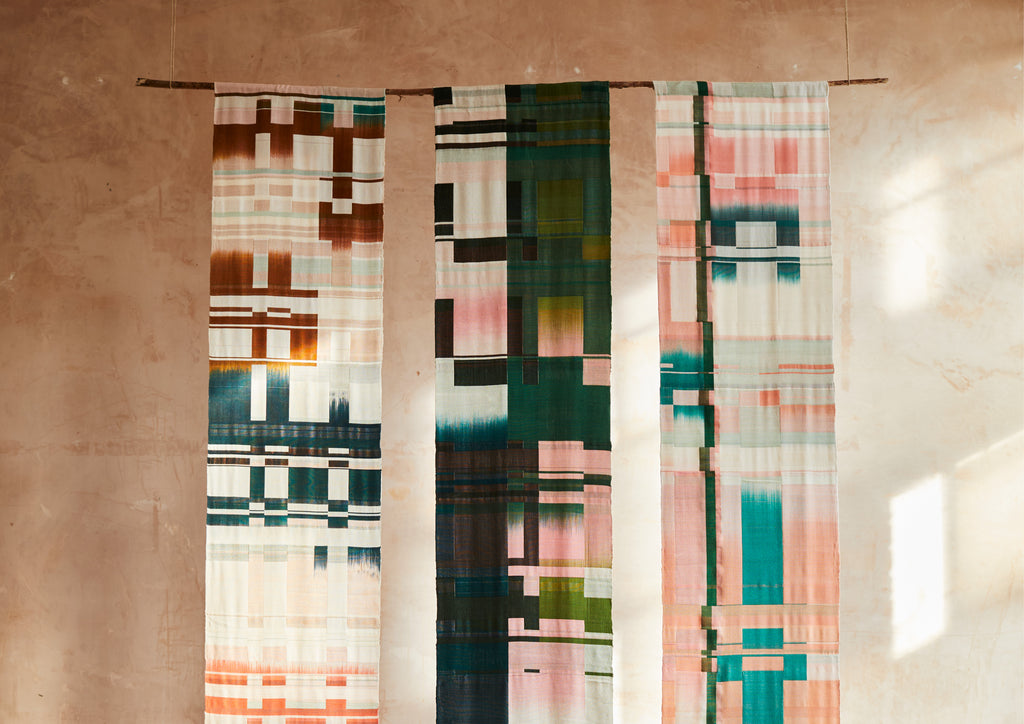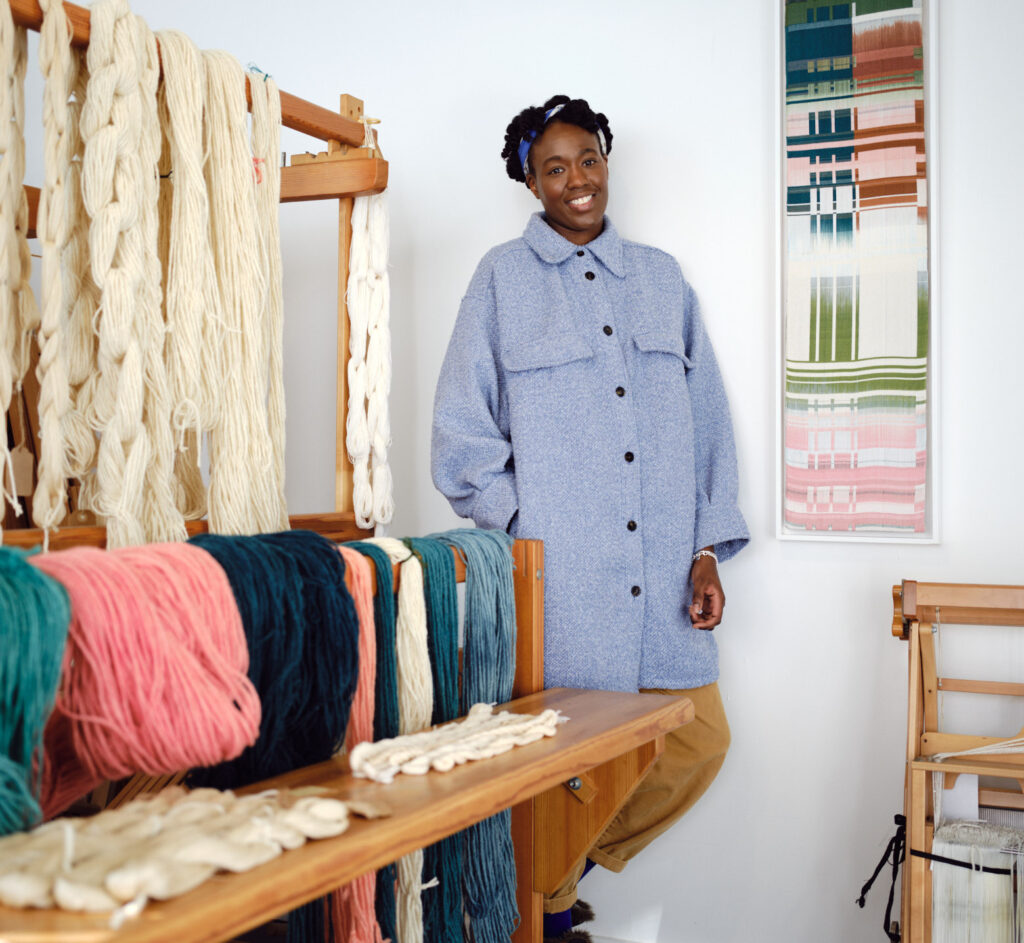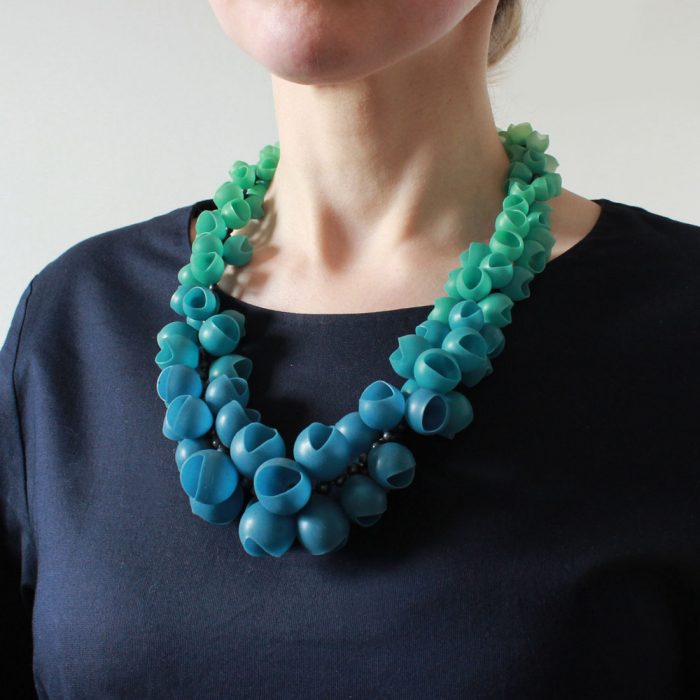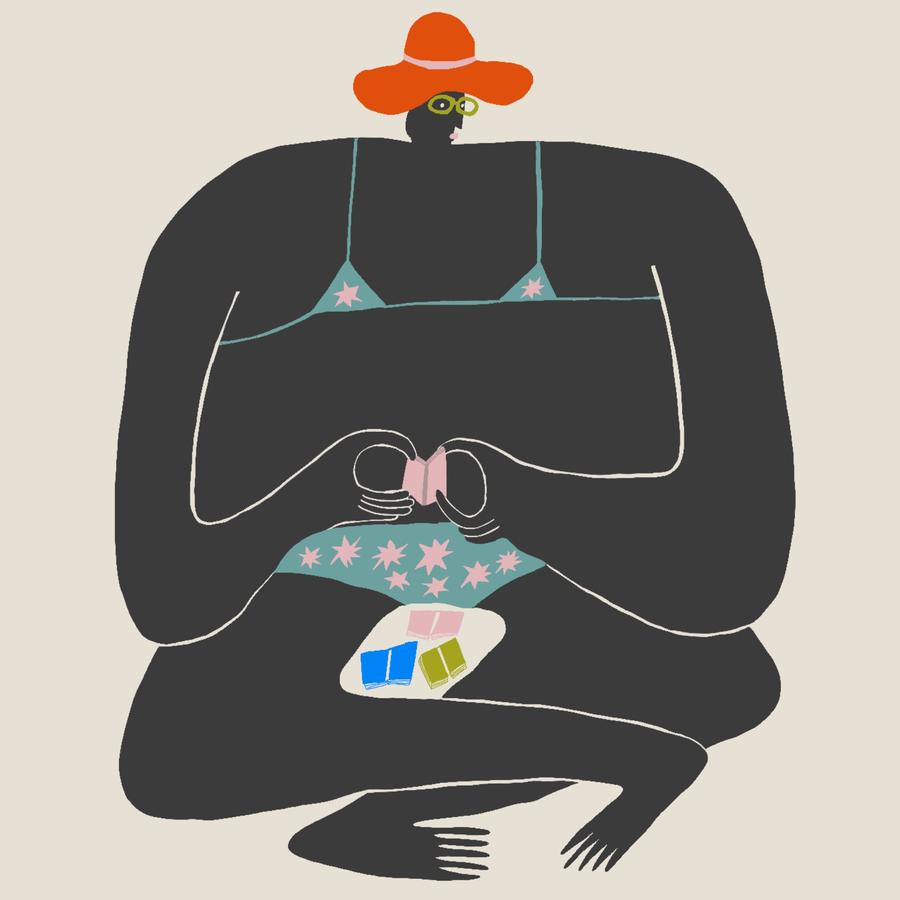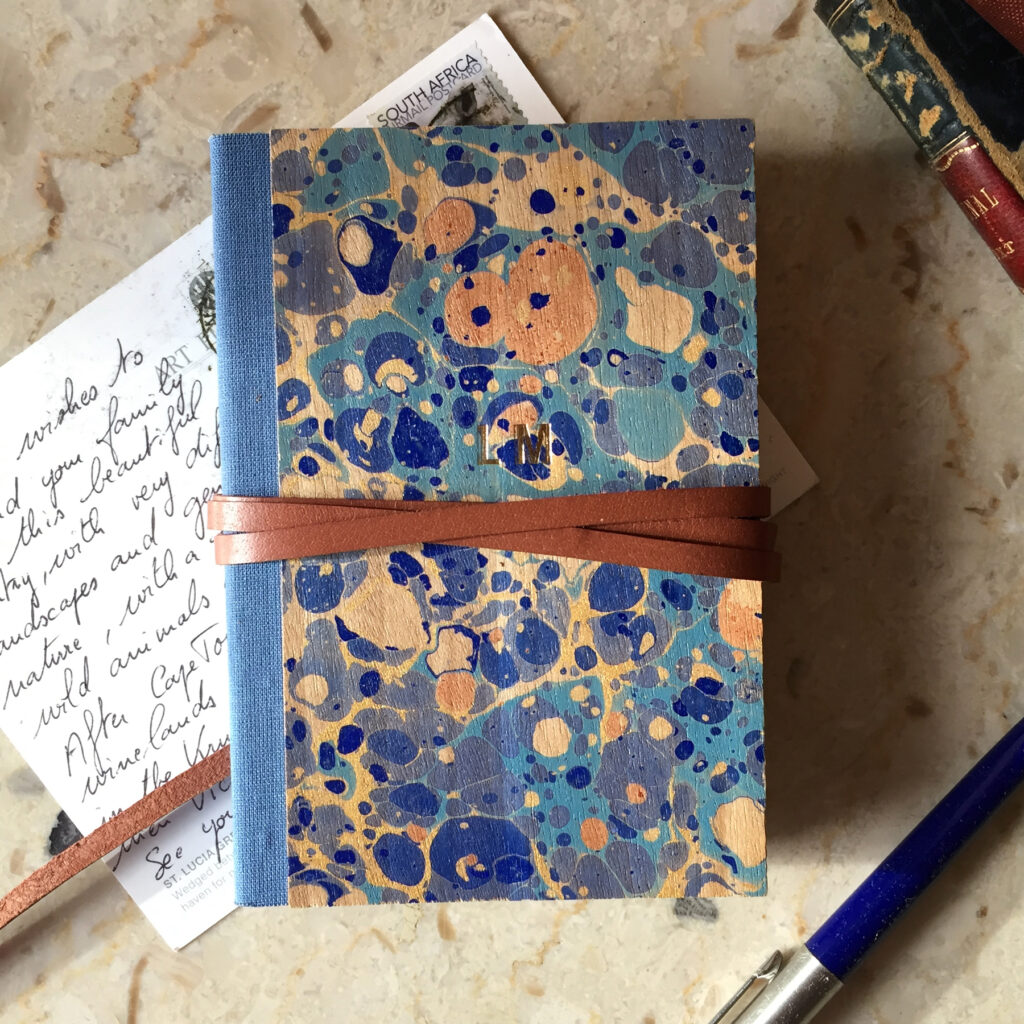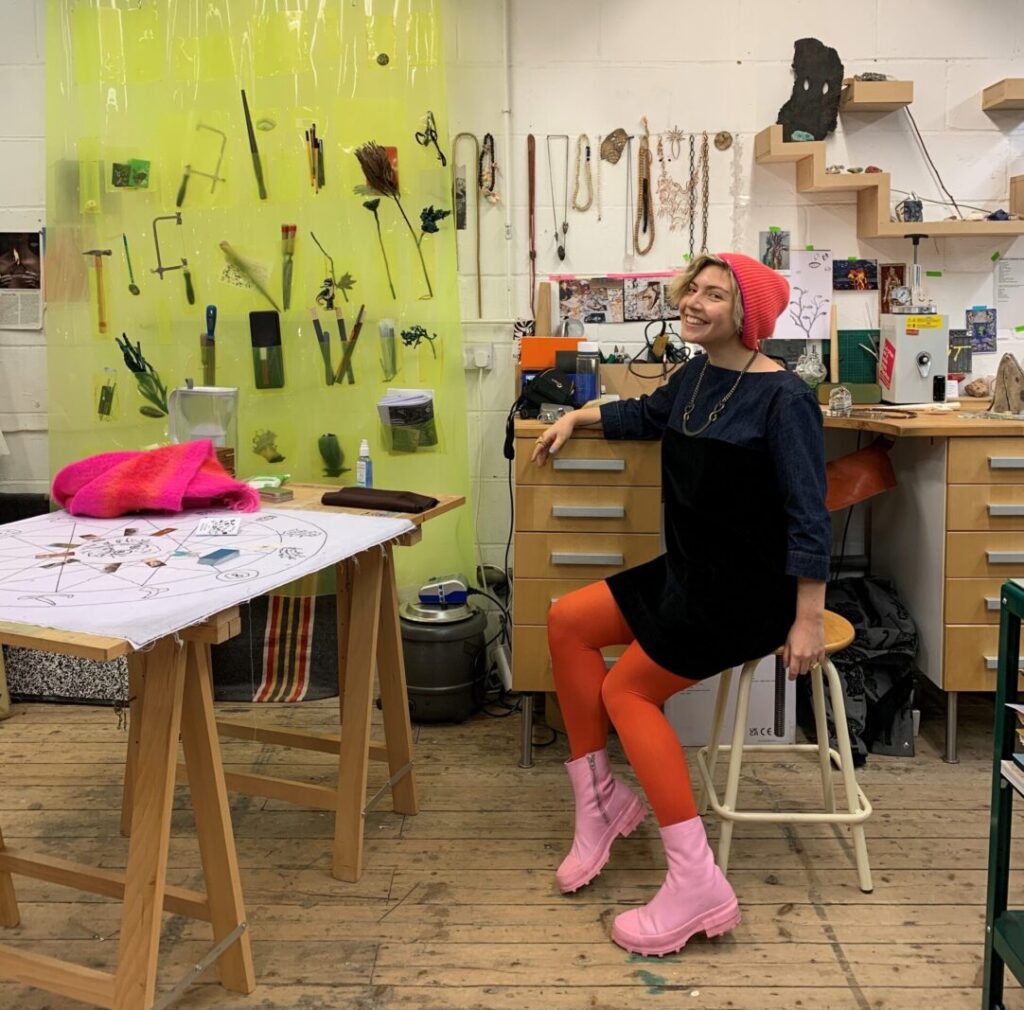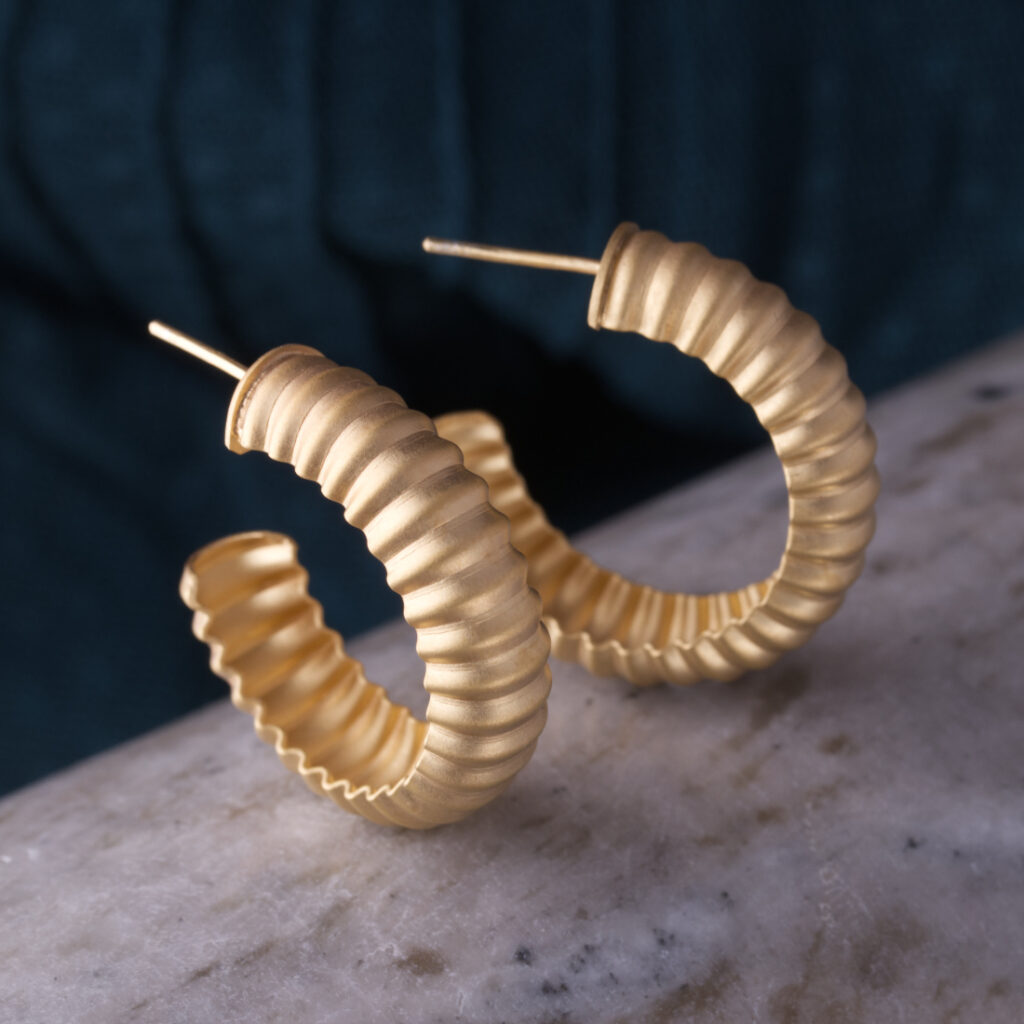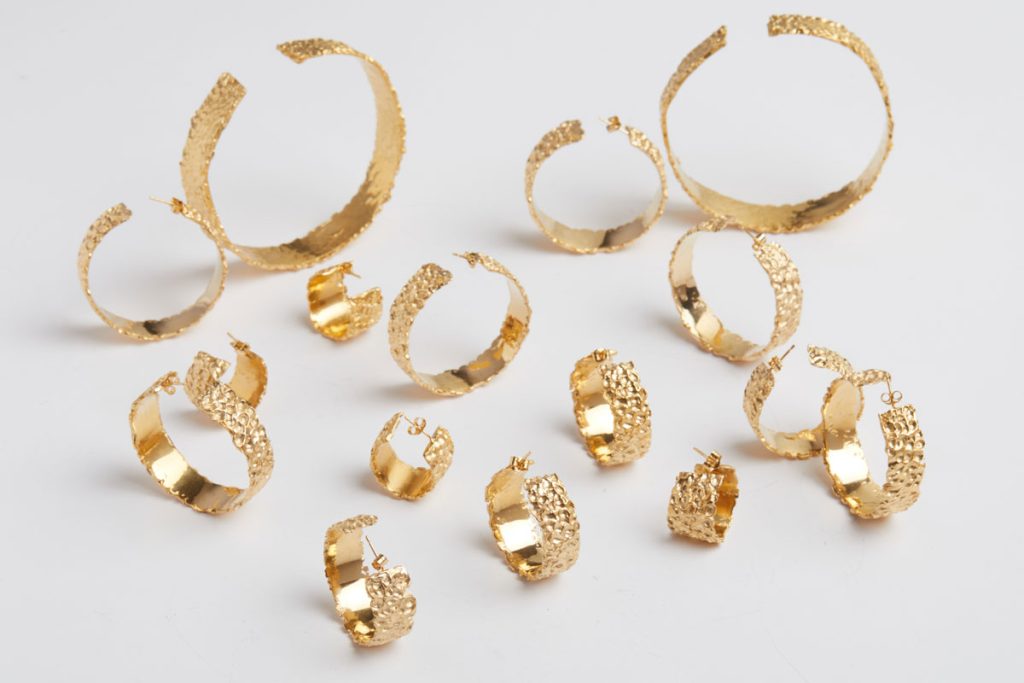As we gear up for the Cockpit Winter Open Studios, we’re looking at some of the threads that connect our wonderful Cockpit makers.
This week, we’re looking at five makers whose colour palettes will make you look, think and smile.
Read on for geometrical handweaving, vibrant silicone jewellery, bold socially-aware prints, luminous glass and a modern take on paper marbling.
